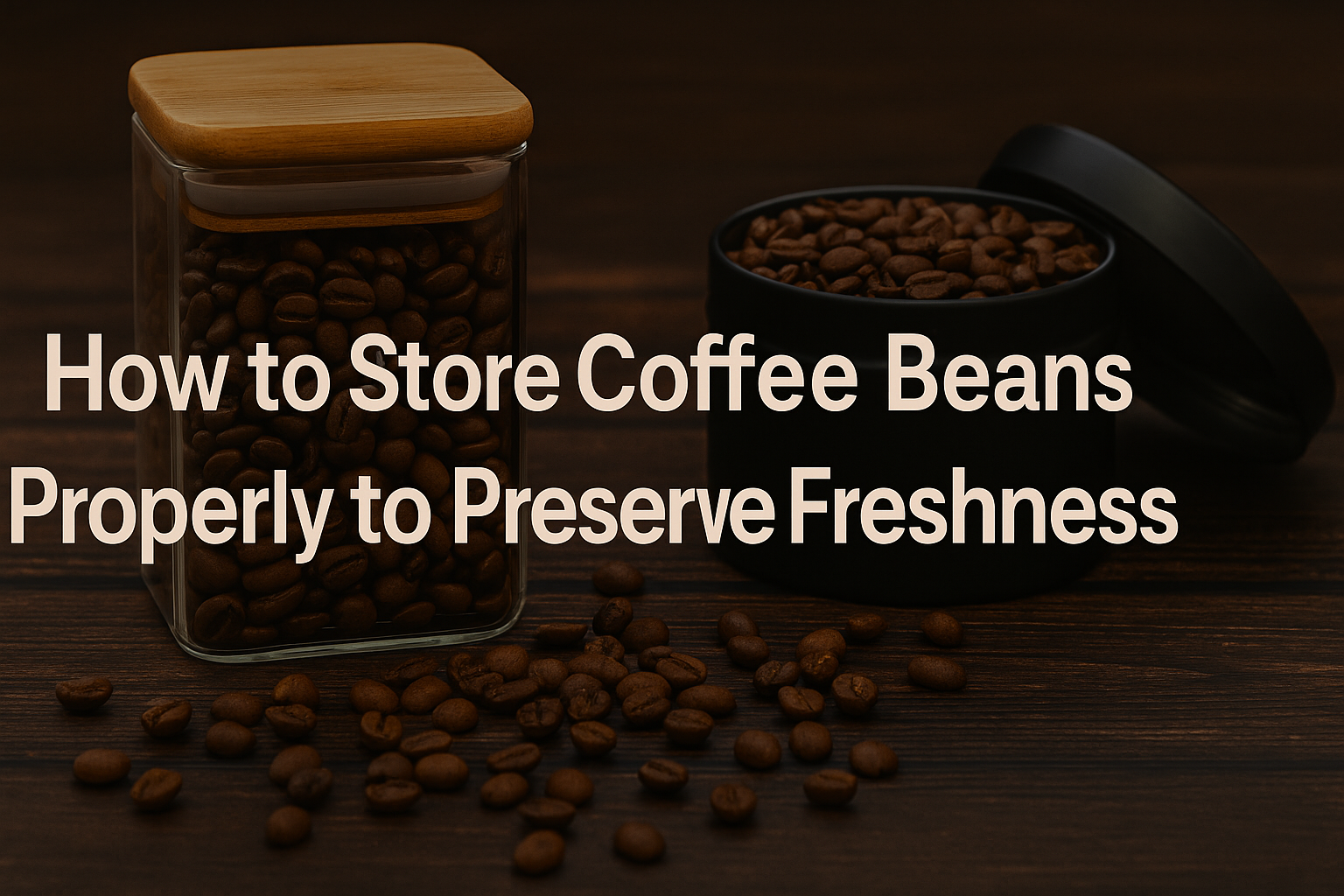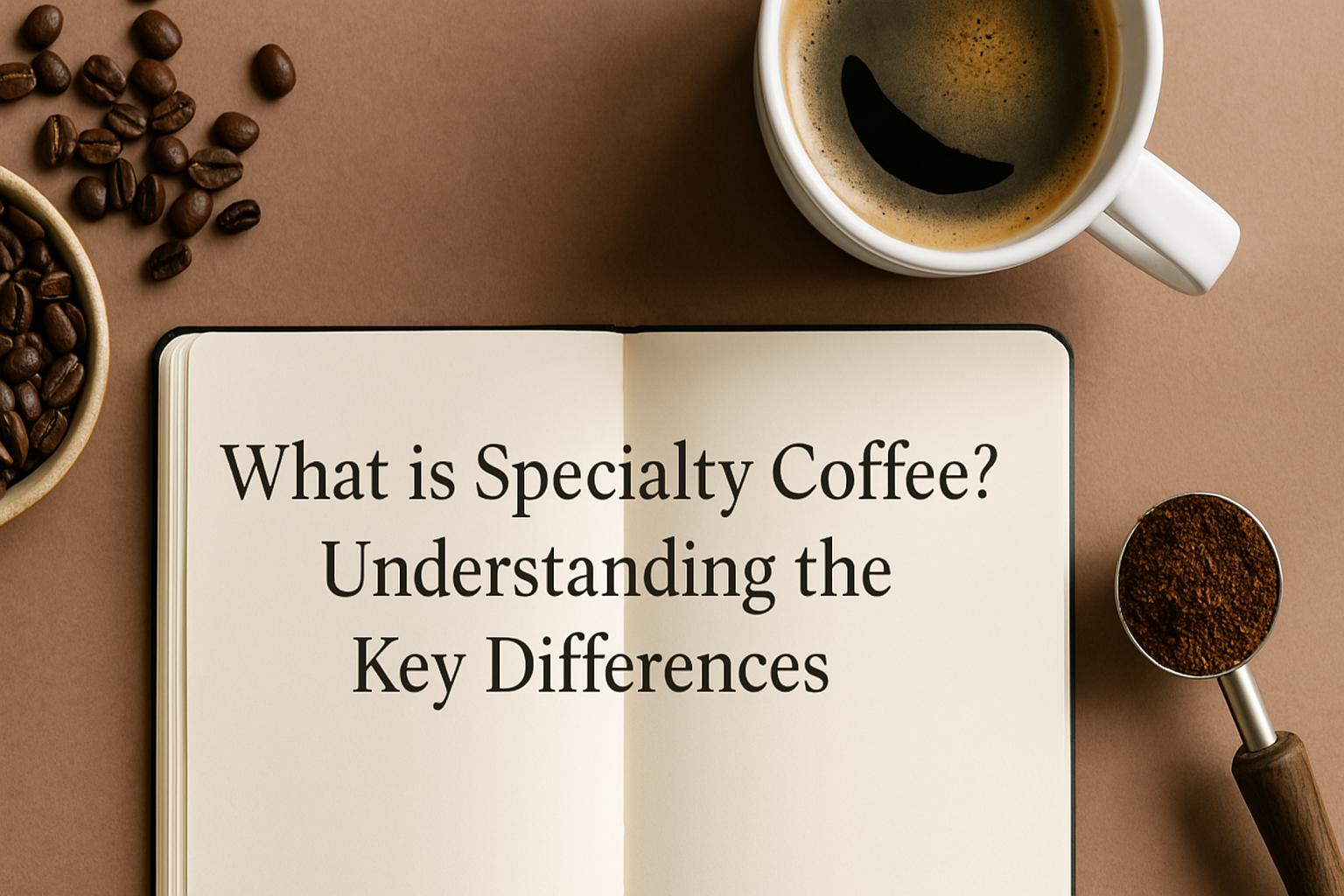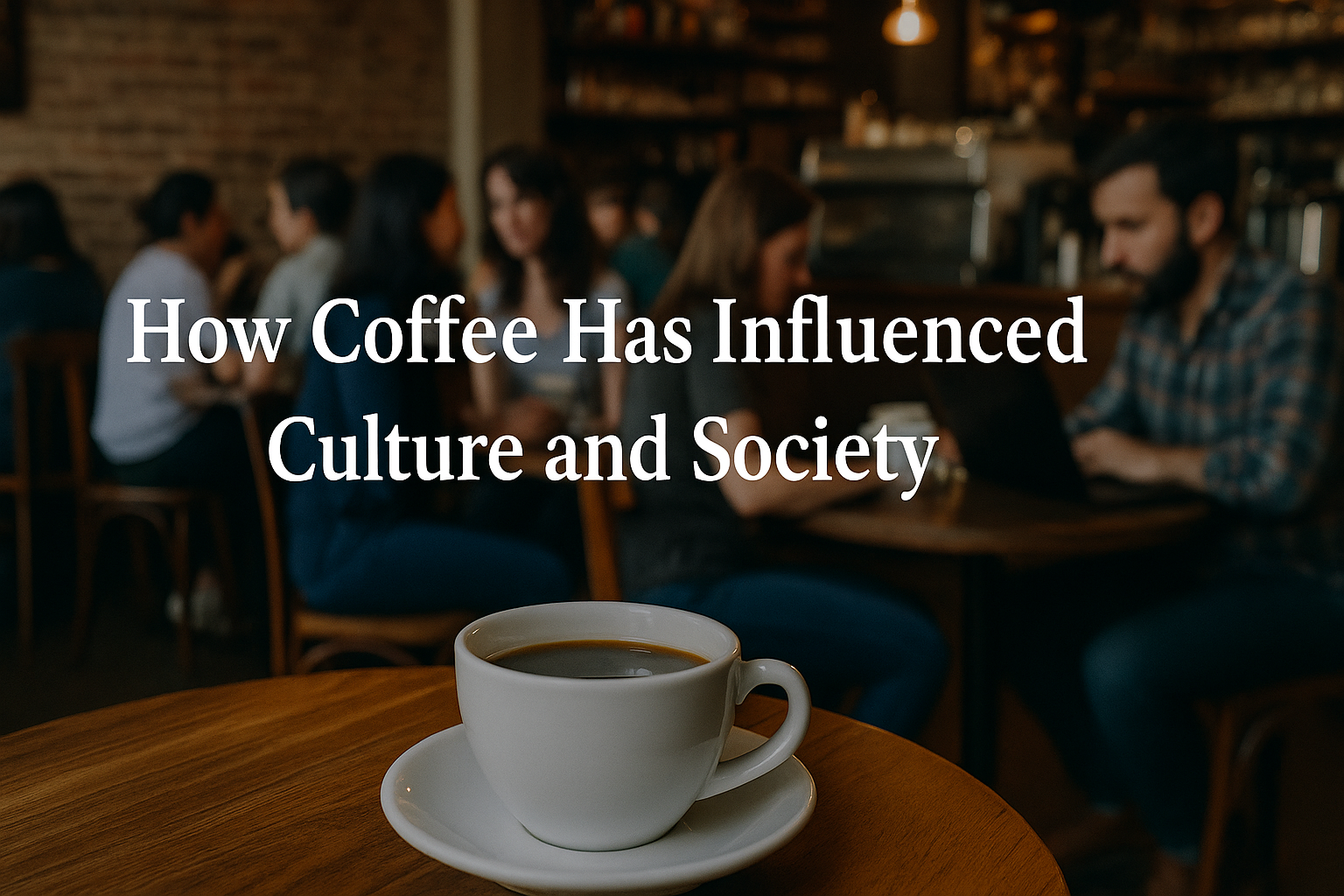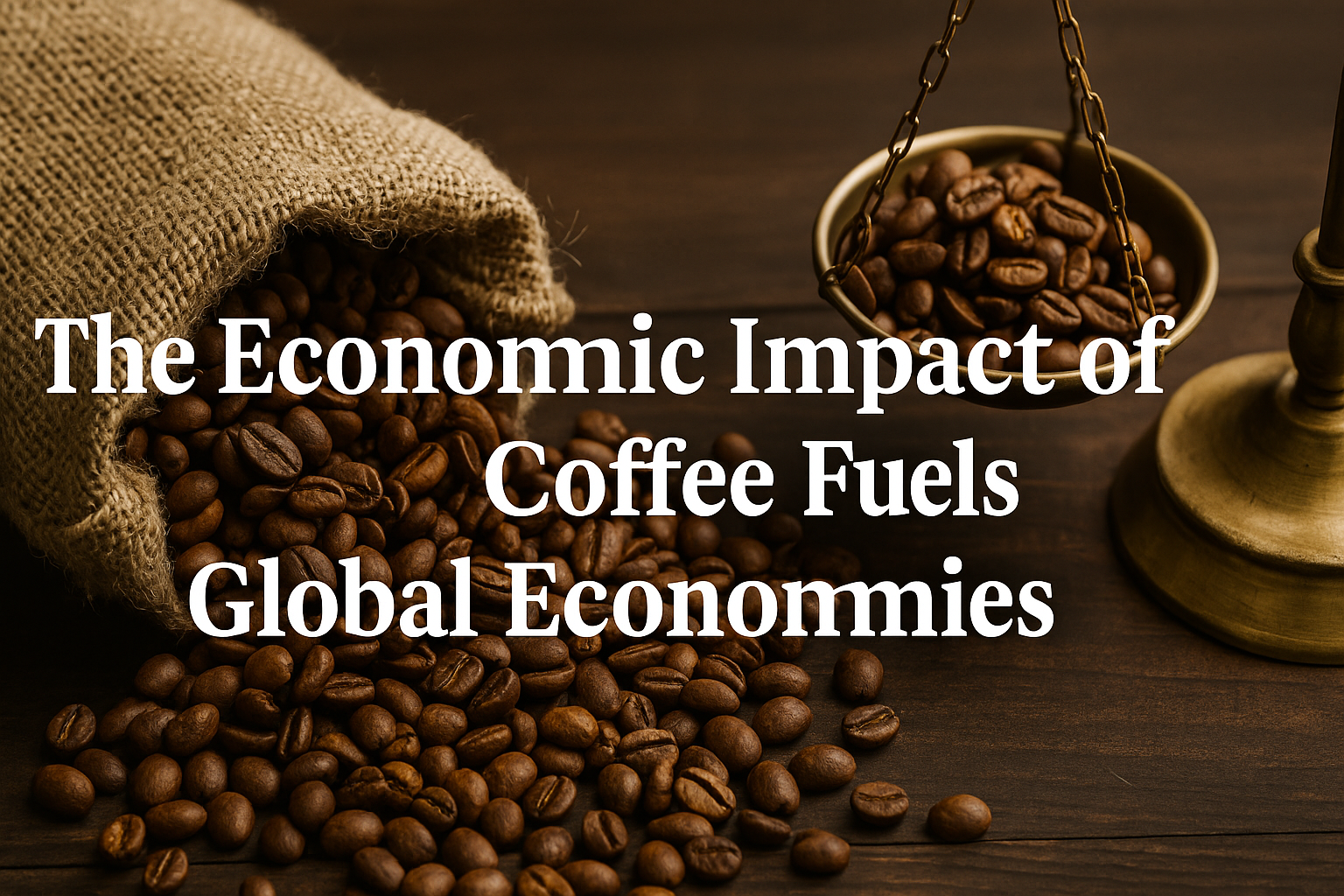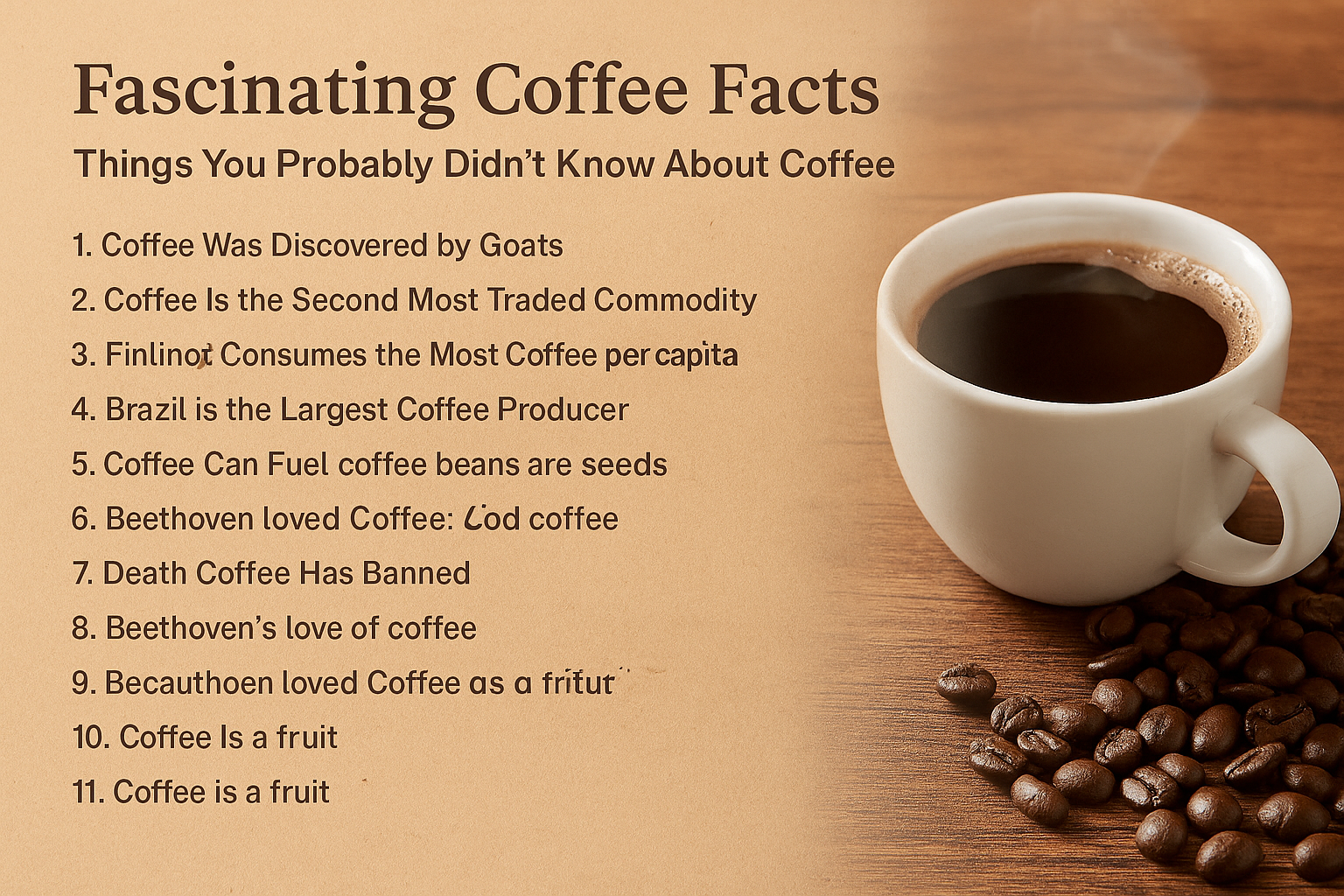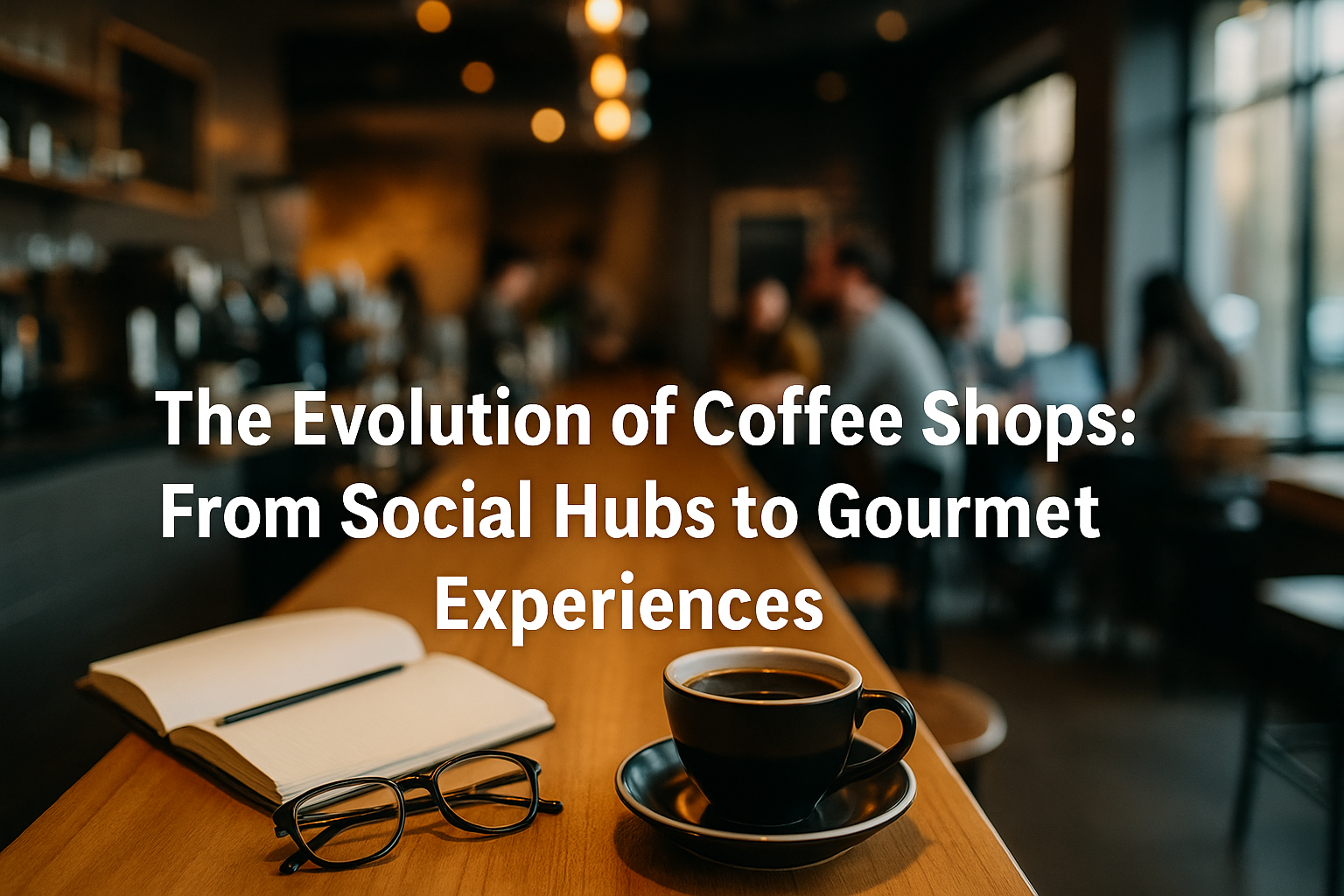Grinding your coffee beans correctly is essential to achieving a delicious cup of coffee. The grind size affects extraction, flavor, and the overall brewing experience. In this article, you’ll learn about different coffee grind sizes, their characteristics, and how to match them to your brewing method.
Why Grind Size Matters
The grind size determines how much surface area of the coffee is exposed to water, directly impacting:
- Extraction time: How quickly flavors dissolve.
- Flavor profile: Under-extracted coffee is sour; over-extracted coffee is bitter.
- Brew strength: Balance between body and acidity.
Choosing the right grind size for your brew method ensures an optimal cup of coffee.
Overview of Coffee Grind Sizes
1. Extra Coarse Grind
Texture: Like peppercorns or rock salt
Best for: Cold Brew, Cowboy Coffee
Why: Longer brewing time allows for full extraction without bitterness.
2. Coarse Grind
Texture: Similar to sea salt
Best for: French Press, Percolators
Why: Prevents over-extraction and sludge in immersion brewing.
3. Medium-Coarse Grind
Texture: Rough sand
Best for: Chemex, Clever Dripper
Why: Balances clarity and body, ideal for longer pour-over methods.
4. Medium Grind
Texture: Regular sand
Best for: Drip coffee makers, siphon brewers
Why: Standard grind for automatic coffee machines, balanced extraction.
5. Medium-Fine Grind
Texture: Finer than sand, but not powdery
Best for: AeroPress (with longer brew times), pour-overs like Hario V60
Why: Allows for controlled extraction with manual brewing.
6. Fine Grind
Texture: Like table salt
Best for: Espresso, Moka Pot
Why: High-pressure brewing methods require fine grinds for proper resistance and flavor extraction.
7. Extra Fine Grind
Texture: Almost like flour
Best for: Turkish Coffee
Why: Necessary for traditional preparation methods where the coffee grounds remain in the cup.
How to Choose the Right Grind Size
- Identify your brewing method.
- Adjust grind size based on taste:
- Too sour? Grind finer.
- Too bitter? Grind coarser.
- Use a burr grinder for consistency; avoid blade grinders which create uneven particles.
The Role of Grind Size in Flavor
| Grind Size | Brewing Method | Typical Flavor Profile |
|---|---|---|
| Extra coarse | Cold brew | Smooth, low acidity |
| Coarse | French press | Full-bodied, rich |
| Medium | Drip machine | Balanced |
| Fine | Espresso | Intense, concentrated |
| Extra fine | Turkish | Strong, syrupy |
Tips for Better Grinding
- Grind just before brewing to preserve aroma and flavor.
- Keep your grinder clean to avoid residue buildup.
- Invest in a burr grinder for precise, even grounds.
Final Thoughts
The right grind size is critical for extracting the best flavors from your coffee beans. By understanding how grind size interacts with your brewing method, you can control the strength, taste, and overall quality of every cup. Experiment with different grind sizes to find what best suits your preferences and enjoy the journey to perfect coffee.


